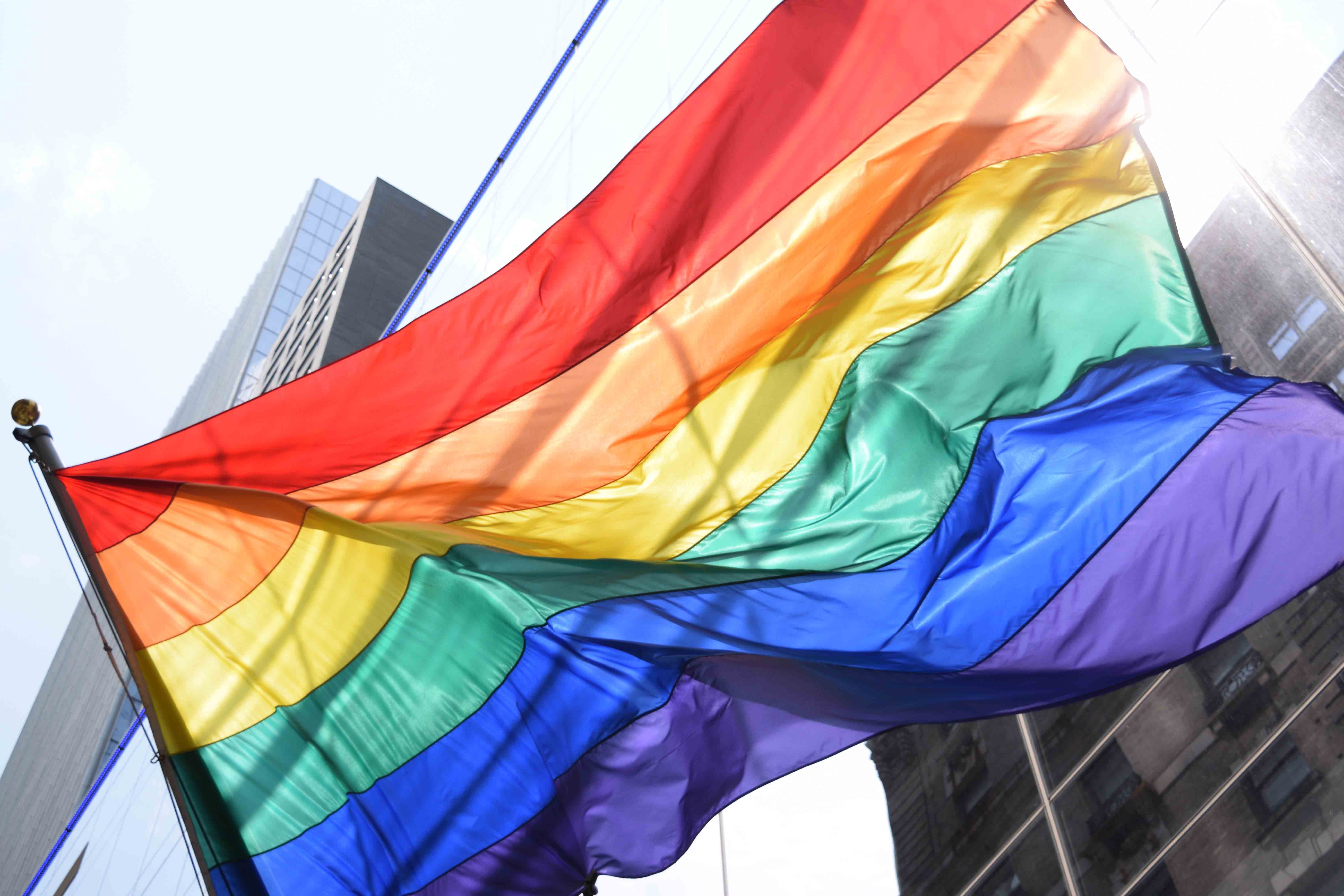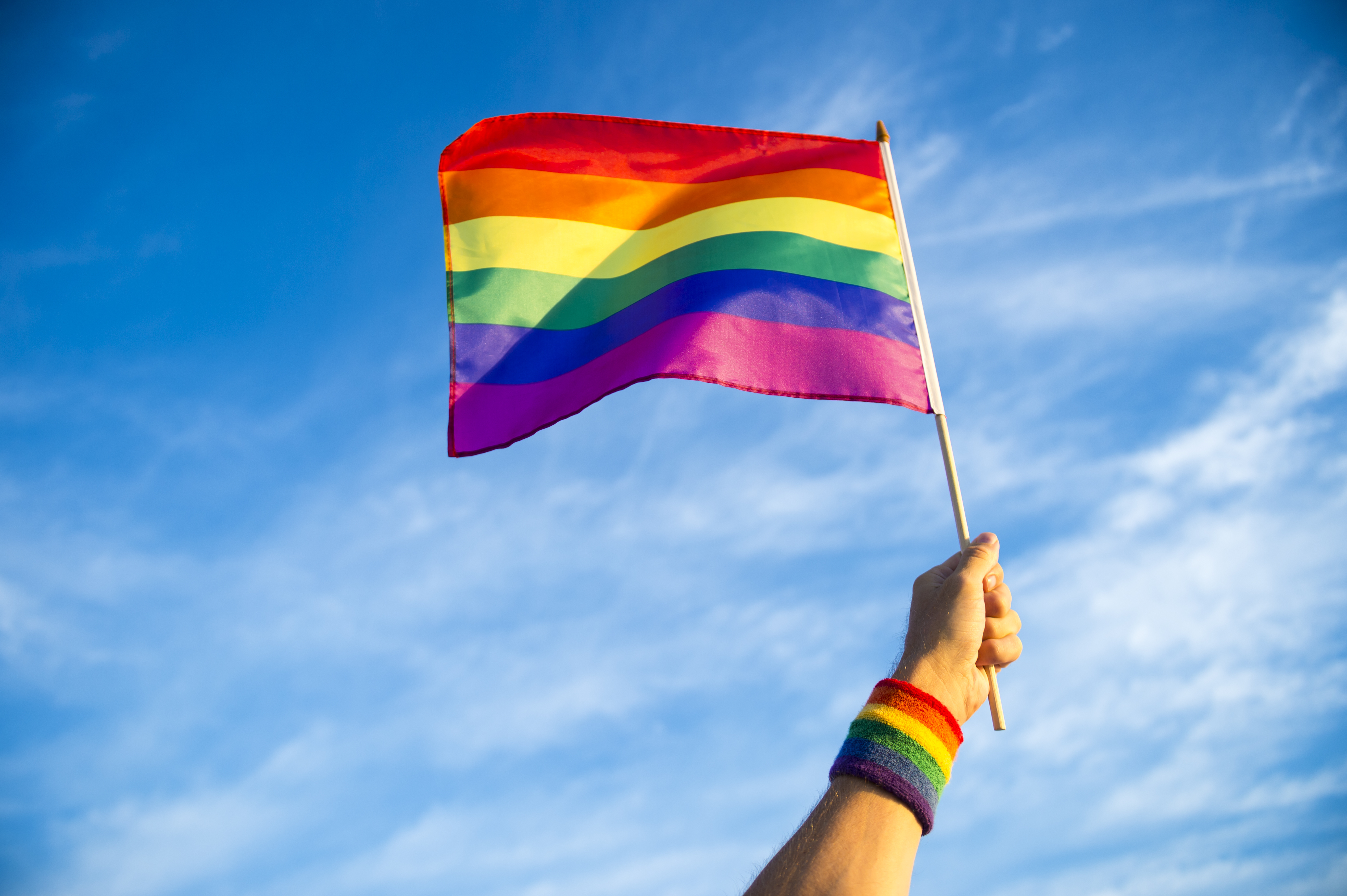
Celebrating Pride in 2020
Filed Under: LGBTQ+, Multicultural
Anna Rossi
Senior Director, Quantitative Research
Even though the usual parades and weekend festivals had to be canceled due to the coronavirus pandemic, the spirit of Pride month can’t be canceled. LGBTQ people have been finding new and exciting ways to celebrate all month long. So, what has Pride looked like this year?
The biggest virtual celebration is still to come on Sunday, June 27 – Global Pride. This highly anticipated 24-hour live-stream will be the first worldwide LGBTQ event. Hosted by Todrick Hall, the event will feature music, performances, speeches, and support messages. Politicians Joe Biden, Nancy Pelosi, and leaders from Canada, Ireland, Costa Rica, Norway, Luxembourg, Denmark, and India are joining. And the list of celebrity appearances is even longer – including notable members of the LGBTQ community Laverne Cox, Adam Lambert, Kesha, and many more.
Many big cities – including New York, Chicago, LA, Boston, Denver – have also been live-streaming their virtual celebrations, often with celebrity appearances, in place of their usual weekend festivities. It’s exciting to see the variety of events that are going on. The virtual events include parades, rallies, festivals, music performances, night clubs, dance lessons, dance nights, educational speeches, discussions, panels, interviews, queer history lessons, and storytelling.

The Virtual Chicago Pride Fest, on June 21st and 22nd, really highlighted and promoted local businesses and artists. Every performance featured the artists’ Venmo and social media handles on-screen so viewers could easily find them to donate or discover more of their work. Furthermore, there seemed to be fewer big corporate sponsors during the virtual celebrations, or they received less attention. There were still ads, but instead of big colorful floats, many focused on serving LGBTQ people. For example, an Illinois Lottery ad highlighted an instant lottery game that donates 100% of profits to HIV/AIDS prevention and treatment in Illinois while a US Bank ad explained that they were named a Best Place to Work for LGBTQ Equality by the Human Rights Campaign.
The switch to virtual means a variety of queer groups – clubs, podcasts, magazines, etc. – can host their own Pride celebrations without competing directly with the larger festivities typically put on in big cities. Instead of just recapping experiences at big city parades, this year, they’re hosting their own events. For example, the podcast Lez Hang Out started a Pride Spirit Week on Twitter, encouraging their followers to dress to a different queer theme each day and then post a picture on social media with their hashtag. At the end of the week, they hosted Porch Pride. People joined the live-stream from their porches to celebrate together. They could also bid on virtual one-on-ones for the opportunity to talk to the podcast hosts and their special guests, with the proceeds going to support LGBTQ charities. These smaller virtual interactive events provide a unique way for more people, especially those who don’t live near big cities or don’t like large in-person crowds, to celebrate Pride with other LGBTQ people.
Even with all these virtual events bringing people together, Pride feels different this year. For the past few years, we’ve grown used to Pride Month being a big party, especially in neighborhoods like Boystown in Chicago, where that means Pride flags or symbols displayed in all the shop windows, a weekend of Pride Fest in the streets, and of course the annual Pride Parade. And while we knew Pride celebrations would be different this year due to the coronavirus pandemic, it even looks different. The crosswalks on Halsted in Boystown are still painted the colors of different Pride flags, but fewer people are walking around. Pride flags are still in the windows of local businesses, but sometimes those businesses are boarded up in case of riots.
For many, Pride 2020 is getting back to its roots. Pride is a time for the LGBTQ community to come together – no matter how alone we may feel – to celebrate our history, our commonalties & our differences, and to connect with our larger LGBTQ family. The many virtual Pride 2020 events provide new ways for LGBTQ people to connect, especially for those who don’t live in places with Pride festivities and so can’t participate in the usual in-person events. When it’s safe for the parades and parties to resume in June 2021, we hope these types of virtual events continue so that Pride can be more inclusive for everyone.
We also can’t ignore the Black Lives Matter (BLM) movement. The first Pride was a riot against police brutality towards LGBTQ people. Today, transgender and gender nonbinary people, especially those in Black and Brown communities, are more likely to be mistreated, harassed, and abused by police. Many of the virtual Pride celebrations, including Global Pride, recognize the connection between the BLM movement and Pride, and are keeping the BLM movement at the forefront of their Pride celebrations. Recently, there was even a BLM Drag March for Change in Boystown – a clear visual of how the LGBTQ community should stand with BLM.
Yes, Pride looks and feels different this year. But canceling the parades doesn’t cancel Pride. The current events just presented the LGBTQ community with the opportunity to find new ways to celebrate that reach even more community members and get back to Pride’s roots.

